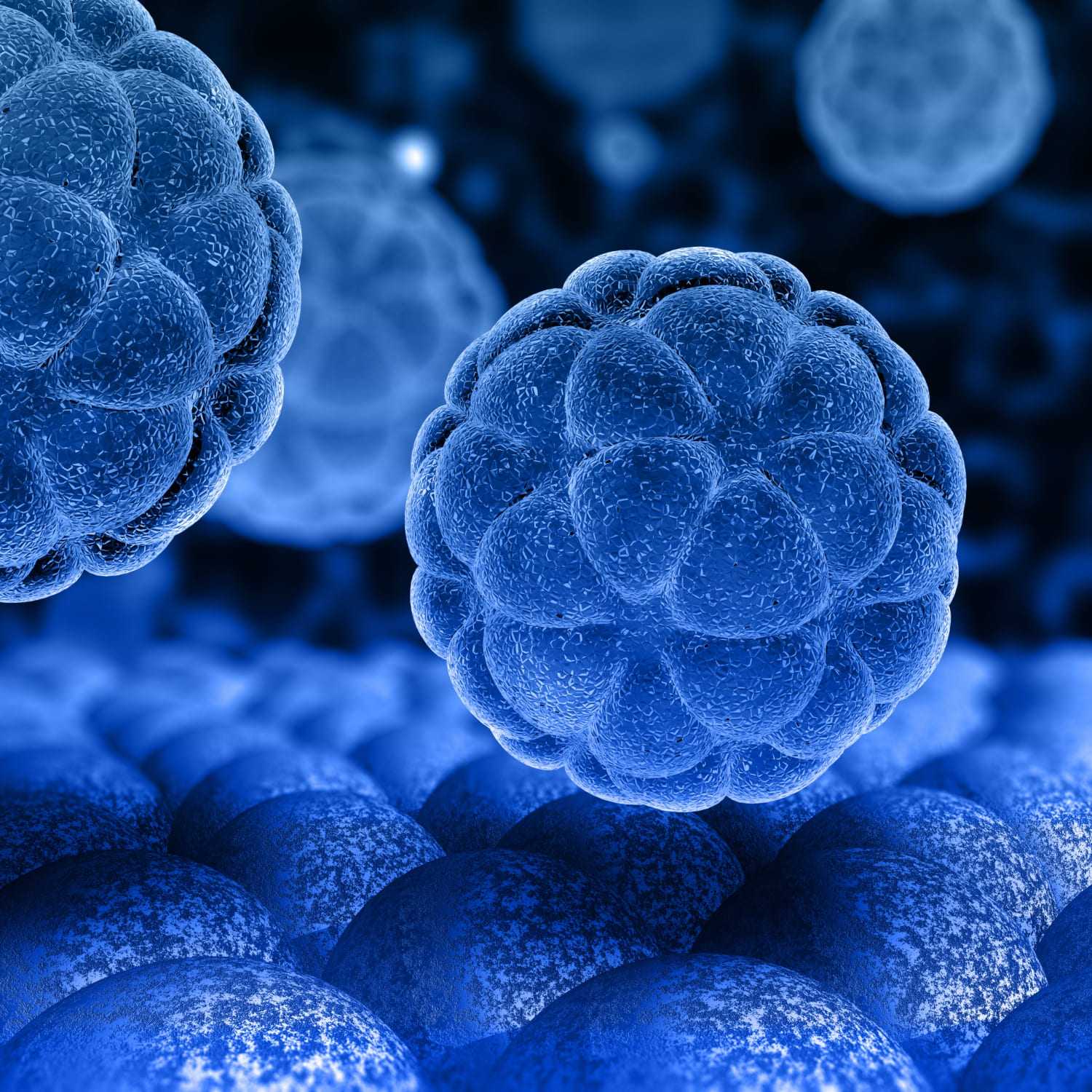KEY TAKEAWAYS
- The KarMMa-3 phase III trial aimed to evaluate the outcomes of ide-cel-treated patients with TCE RRMM who received bridging therapy.
- The endpoints were efficacy, PFS, ORR, CRR, DOR, and safety.
- The study demonstrated superior efficacy and a consistent safety profile in TCE RRMM patients regardless of bridging therapy response.
Idecabtagene vicleucel (ide-cel), a CAR T-cell therapy, has been shown to improve progression-free survival (PFS) and overall response rates (ORR) in triple-class-exposed (TCE) relapsed and refractory multiple myeloma (RRMM) patients.
Researchers aimed to evaluate the outcomes of ide-cel-treated patients with TCE RRMM who received bridging therapy. The study randomized patients to receive ide-cel were eligible for up to one cycle of bridging therapy (BTx), determined by the investigator before randomization and contingent on their last prior treatment.
A post hoc analysis was conducted based on disease burden (DB) assessed through measurable disease pre-leukapheresis (LK), considering serum/urine M-protein, M-protein, or the difference between involved/uninvolved free light chains. Patients who underwent BTx were categorized according to the change in DB from LK to ide-cel (≥25% increase; ≥25% decrease; no change). The assessment included evaluating the efficacy (PFS, ORR, complete response rate [CRR], duration of response [DOR]) and safety of ide-cel.
Among the 200 evaluable patients receiving ide-cel, the distribution of baseline regimens included(DPd, n=45; DVd, n=20; IRd, n=25; Kd, n=26; EPd, n=59; other, n=25), (increase, n=59 [28%]; decrease, n=32 [15%]; no change, n=109 [51%]). The median number of cycles for all regimens was 1. Higher percentages of patients with increased disease burden had baseline high-risk MM characteristics(extramedullary plasmacytoma, increase, 41%; decrease, 16%; no change, 24%; high-risk cytogenetics, increase, 53%; decrease, 25%; no change, 38%; triple-class–refractory disease, increase, 90%; decrease, 63%; no change, 59%).
Median progression-free survival (mPFS)(95% CI) was numerically longer in patients with a decrease (20.7 [11.2–NR] months) compared to those with an increase (increase, 6.9 [2.4–11.8]; decrease, 20.7 [11.2–NR]; no change, 15.1 [12.4–17.3] mo). ORR(95% CI) was numerically higher in patients with a decrease (97% [91–100]) compared to an increase or no change(increase, 56% [43–69]; decrease, 97% [91–100]; no change, 80% [72–87]), with deeper complete response rates ( (CRR: increase, 32%; decrease, 56%; no change, 39%), and more durable response (mDOR [95% CI]: increase, 9.3 [7.5–17.3]; decrease, 18.6 [8.6–NR]; no change, 12.9 [10.9–21.4] mo).
The incidence of any-grade adverse events (AEs) was similar between groups (G; increase, 90%; decrease, 97%; no change, 96%), as was the occurrence of G3/4 AEs (AE; increase, 81%; decrease, 84%; no change, 95%). Grade 5 AEs were reported in 15% (increase), 6% (decrease), and 13% (no change), with serious AEs in 42%, 25%, and 44%, respectively. Any-G cytokine release syndrome occurred in 80% (increase), 94% (decrease), and 84% (no change), with G3/4 cases in 7%, 3%, and 4%, respectively. Any-G investigator-identified neurotoxicity was noted in 24% (increase), 3% (decrease), and 13% (no change), with G3/4 cases in 3%, 0%, and 4%, respectively.
The study demonstrated superior efficacy and a consistent safety profile in TCE RRMM patients regardless of bridging therapy response.
Clinical Trial: https://clinicaltrials.gov/study/NCT03651128
Einsele H. Idecabtagene vicleucel (ide-cel) vs standard regimens in triple-class–exposed (TCE) relapsed and refractory multiple myeloma (RRMM): KarMMa-3 subgroup analysis in patients receiving bridging therapy.



